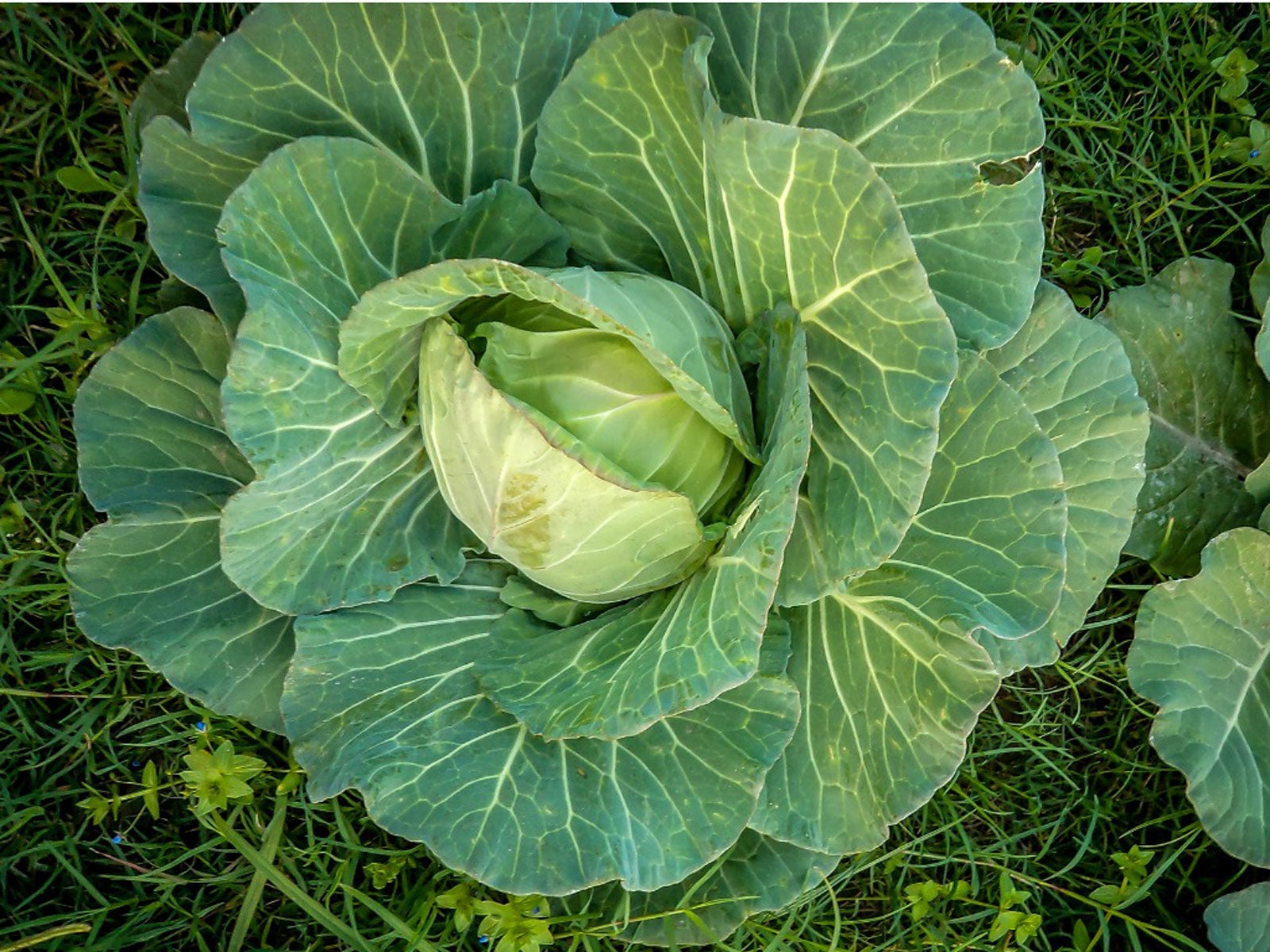Copenhagen Market Early Cabbage: Tips For Growing Copenhagen Market Cabbage


Cabbage is one of the most versatile vegetables and is featured in many cuisines. It is also easy to grow and may be planted for an early summer crop or a fall harvest. Copenhagen Market early cabbage matures in as little as 65 days so you can enjoy coleslaw, or whatever you fancy, sooner than with most varieties.
If you are a cabbage lover, try growing Copenhagen Market cabbage plants.
Copenhagen Market Early Facts
This early producer is an heirloom vegetable that produces large, round heads. The blue-green leaves are rich in nutrients and are delicious raw or cooked. Copenhagen Market cabbage plants must be timed to mature before summer heat amps up or the heads are prone to cracking.
This cabbage has the word “market” in its name because it is a vigorous producer and has visual appeal, making it valuable for commercial growers. It is an heirloom cabbage that was developed around the early 1900's by Hjalmar Hartman and Co. in Copenhagen, Denmark.
It took two years to arrive in America, where it was first offered by the Burpee company. The heads are 6 to 8 inches (15-20 cm.) and weigh up to 8 pounds (4 kg.). The heads are very dense, and the interior leaves are a creamy, greenish white.
Growing Copenhagen Market Cabbage
Since this vegetable can’t tolerate high temperatures, it is best to start seeds inside in flats at least eight weeks prior to planting out. Plant seedlings four weeks prior to the last expected frost. If you wish for a fall crop, direct sow or set transplants in midsummer.
Transplants should be planted 12 to 18 inches (31-46 cm.) apart in rows 4 feet (1 m.) apart. If direct sowing, thin plants to the necessary distance.
Sign up for the Gardening Know How newsletter today and receive a free copy of our e-book "How to Grow Delicious Tomatoes".
Mulch around the little plants to keep soil cool and conserve moisture. If a hard frost is expected, cover the plants.
Harvest when heads are firm and before hot summer temperatures arrive.
Care of Copenhagen Market Early Cabbage
To protect young plants from certain pests, practice companion planting. Use a variety of herbs to repel insects. Avoid planting cabbage with tomatoes or pole beans.
A very common disease of cole crops is the yellows, which is caused by Fusarium fungus. Modern varieties are resistant to the disease, but heirlooms are susceptible.
Several other fungal diseases cause discoloration and stunting. Remove affected plants and destroy them. Clubroot will cause stunted and distorted plants. A fungus that lives in soil causes the issue and a four-year crop rotation needs to be observed if cabbage is infected.

Bonnie Grant is a professional landscaper with a Certification in Urban Gardening. She has been gardening and writing for 15 years. A former professional chef, she has a passion for edible landscaping.